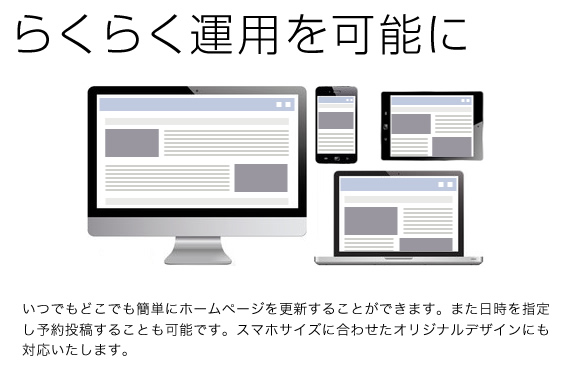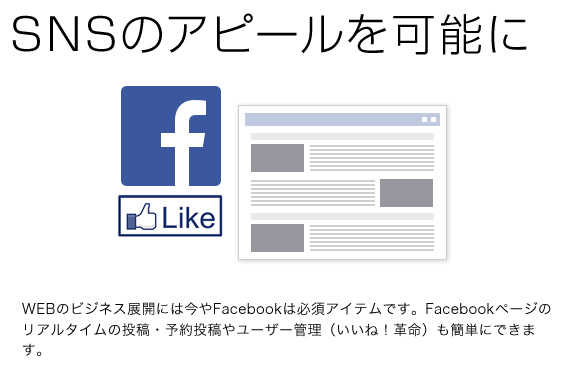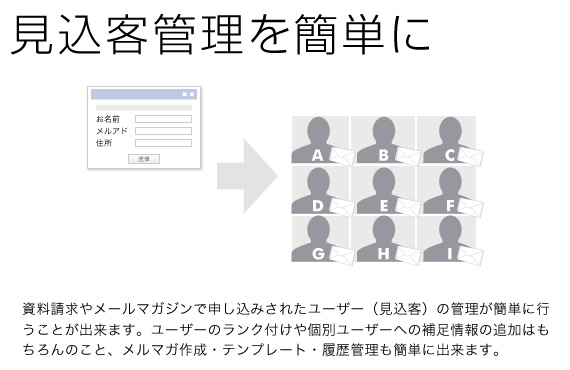User experience (UX) testing is an essential component of the development process for any digital product, including mobile applications. In this study, we conducted a comparative UX testing for the official and third-party versions of the ku9 app download KU9 app. The KU9 app is a popular mobile application that provides users with access to a wide range of features, including messaging, multimedia sharing, and social networking.
The official version of the KU9 app is developed and maintained by the KU9 company, while the third-party version is developed by independent developers who have created their own version of the app using the KU9 API. We aimed to compare the usability, user satisfaction, and overall user experience of these two versions of the app.
To conduct the UX testing, we recruited a diverse group of participants who were regular users of the KU9 app. The participants were asked to perform a series of tasks on both the official and third-party versions of the app, while their interactions were recorded and analyzed. We also collected qualitative feedback from the participants through interviews and surveys.
Our findings revealed several interesting insights into the comparative UX of the official and third-party versions of the KU9 app. Overall, the official version of the app was found to have a more polished and professional design, with a smoother user interface and more intuitive navigation. On the other hand, the third-party version of the app offered some unique features and customization options that were not available in the official version.
In terms of usability, the official version of the KU9 app performed better in terms of task completion rates and error rates. Participants were able to complete tasks more efficiently and with fewer errors on the official version compared to the third-party version. However, some participants expressed a preference for the customizability and flexibility of the third-party version, despite its slightly lower usability metrics.
User satisfaction ratings were also higher for the official version of the app, with participants praising its reliability, performance, and overall user experience. The third-party version received mixed feedback, with some participants appreciating its unique features while others found it to be less stable and more prone to crashes.
Based on our findings, we recommend that users who prioritize reliability and a seamless user experience opt for the official version of the KU9 app. However, users who value customization and are willing to sacrifice some usability for additional features may find the third-party version to be a suitable alternative.
In conclusion, conducting comparative UX testing for official and third-party versions of mobile applications can provide valuable insights into the strengths and weaknesses of each version. By understanding the preferences and needs of users, developers can make informed decisions on how to improve their products and offer the best possible user experience.
— – Polished and professional design of the official version – Unique features and customization options in the third-party version – Higher usability metrics for the official version – Preference for customizability and flexibility in the third-party version – Higher user satisfaction ratings for the official version








